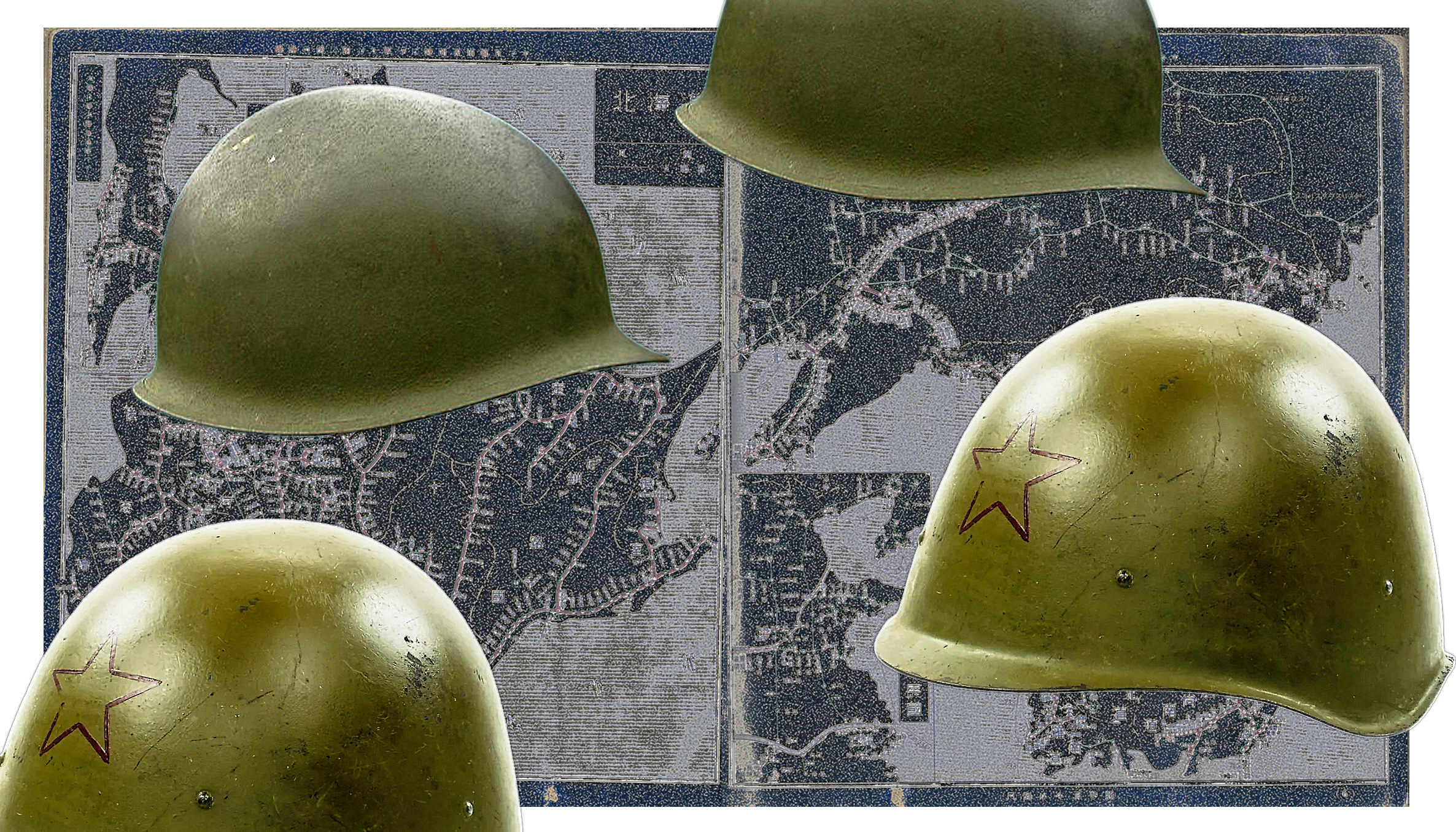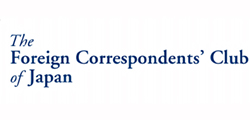Issue:
August 2025 | Letter from Hokkaido
The U.S. and the Soviet Union both abandoned plans to invade Hokkaido near the end of World War II

The 80th anniversary of the end of World War II will be marked by ceremonies in Hiroshima and Nagasaki to honor the victims of the U.S. atomic bombings. And on August 15, people will remember Japan’s surrender and tributes will be paid to the few remaining veterans. Public figures will note the suffering endured by ordinary people, while pundits will debate if the war was justified, and whether international criticism of Japan’s wartime actions amounts to little more than victors’ justice.
With the possible exception of Kyoto, which emerged from the conflict largely unscathed, I can think of few places in Japan where the anniversary will be as low key as in Hokkaido. The plight of former residents of the Northern Territories, which were seized by the Soviet Union in the final days of the war, will attract attention. But it will be interesting to see if Hokkaido media also explore two “What if?” questions, both involving invasions that, had they taken place, would have fundamentally altered the island's postwar history.
Declassified U.S. records reveal that as early as October 1943, the U.S. was planning a combined ground and sea invasion of Japan. But war planners struggled with one question: where to establish a landing base given that invading forces would first have to cover huge distances in the Pacific Ocean.
Kyushu and Hokkaido were both considered. The latter, U.S. military planners said, had a greater element of surprise, was less populated and lacked Kyushu’s defenses. In addition, it would be harder to reinforce Japanese troops based on Hokkaido or to send warplanes from Honshu. And if Hokkaido was captured, it would be easier to advance through northeast Japan and then on to Tokyo.
But there were problems with the Hokkaido option. First, U.S. bases in the North Pacific would have to be improved and runways lengthened due to its distance from U.S. bases in the region. By contrast, the distance between U.S. bases and Kyushu or Honshu was much shorter.
A second problem was Hokkaido’s weather, especially during the colder months. The terrain was challenging and posed a third problem: the need to quickly take the island and construct airfields before a Siberian-style winter set in. Finally, Hokkaido’s population was described as “fantastically hostile” to any invading force.
The Hokkaido option would ultimately be shelved due to the general progress of the war and the Americans’ victory in the Battle of Okinawa in June 1945. Those factors made Kyushu the more obvious choice. But it was clear that the U.S. had given serious thought to invading Hokkaido until just months before August 1945, when the atomic bombings and Japan’s surrender turned a planned invasion into a postwar occupation.
Hokkaido not only escaped a bloody U.S. invasion, it also avoided a similar plan by the Soviet Union. Fear of a Russian invasion of Hokkaido runs deep in the Japanese psyche. Hokkaido – then named Ezo – was developed by the Meiji government in the 19th century to serve as a fortress against Imperial Russia. Some Japanese leaders were concerned that the Russians might form an alliance with the indigenous Ainu people and lead attacks against the wajin (Japanese) who had emigrated to Hokkaido.
But in August 1945, these longstanding fears were becoming more acute. The Soviets developed plans to invade Hokkaido in June 1945, about the about the same time as the U.S. decided to drop its plans. On August 17, days after Moscow ended its neutrality pact with Japan and declared war on its neighbour, it sent the U.S. a proposal that called for Japanese forces to surrender to their Soviet counterparts “in the Kuril islands and the northern half of Hokkaido north of a line running from the town of Kushiro to the town of Rumoi (on the Japan Sea side)”.
That would have split Hokkaido in half, leaving Sapporo, Otaru, Hakodate, Chitose, Obihiro, and Niseko in the American zone, with Asahikawa, Abashiri, Monbetsu, the Shiretoko peninsula, and much of the rich farmland of eastern Hokkaido in the Soviet zone.
In his reply to the soviet proposal, the U.S. president, Harry Truman, said: “Regarding your suggestion as to the surrender of Japanese forces on the island Hokkaido to Soviet forces, it is my intention and arrangements have been made for the surrender of Japanese forces on all of the islands of Japan proper, Hokkaido, Honshu, Shikoku, and Kyushu, to General MacArthur.”
The Soviets decided not to invade Hokkaido, while historians continue to debate whether they would have been able to do so under different circumstances. That is open to speculation, but in the postwar era, the consensus in Hokkaido was that the U.S. had saved the island from a Soviet invasion. Eight decades later, many are tempted to believe that if Japan could negotiate the return of the Northern Territories, Hokkaido’s war would be well and truly over.
Eric Johnston is the Senior National Correspondent for the Japan Times. Views expressed within are his own and do not necessarily reflect those of the Japan Times.

